
In Season 2, we’ve visited visited so many wonderful, interesting, and fun places with Where The Food Comes From.
You might remember those amazing tomatoes at Red Sun Farms – one of the largest greenhouse growers in North America. Tomatoes hanging from the ceiling in the most sanitary conditions I have seen! That was Episode 1.
Then we were on to the amazing Steve Troxler Agricultural Sciences Center of the North Carolina Department of Agriculture and Consumer Services. It was here in Episode 2 we learned how every department in the facility effects all types of farming and how their continued research just makes farming better and better.
And who can forget the amazing things we saw (and some of us experienced!) at the Heritage Days celebration at the Georgia Museum of Agriculture & Historic Village. The turpentine still, the mules and plow, the sawmill, gristmill, and the blacksmith’s shop. It was amazing to learn how farming in the 1870s paved the way to modern farming.
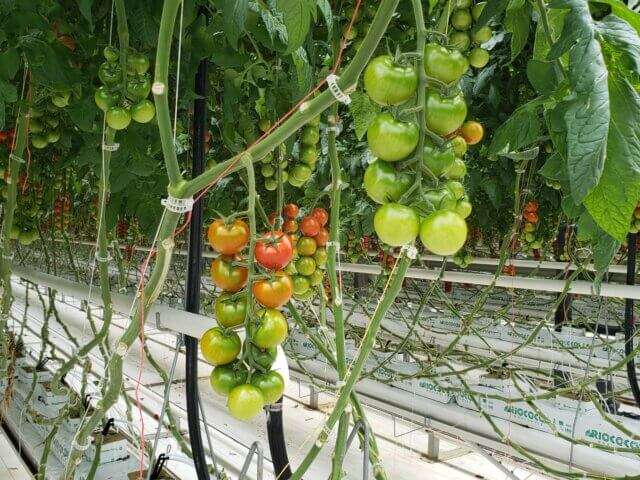
Hanging Tomatoes at Red Sun Farms
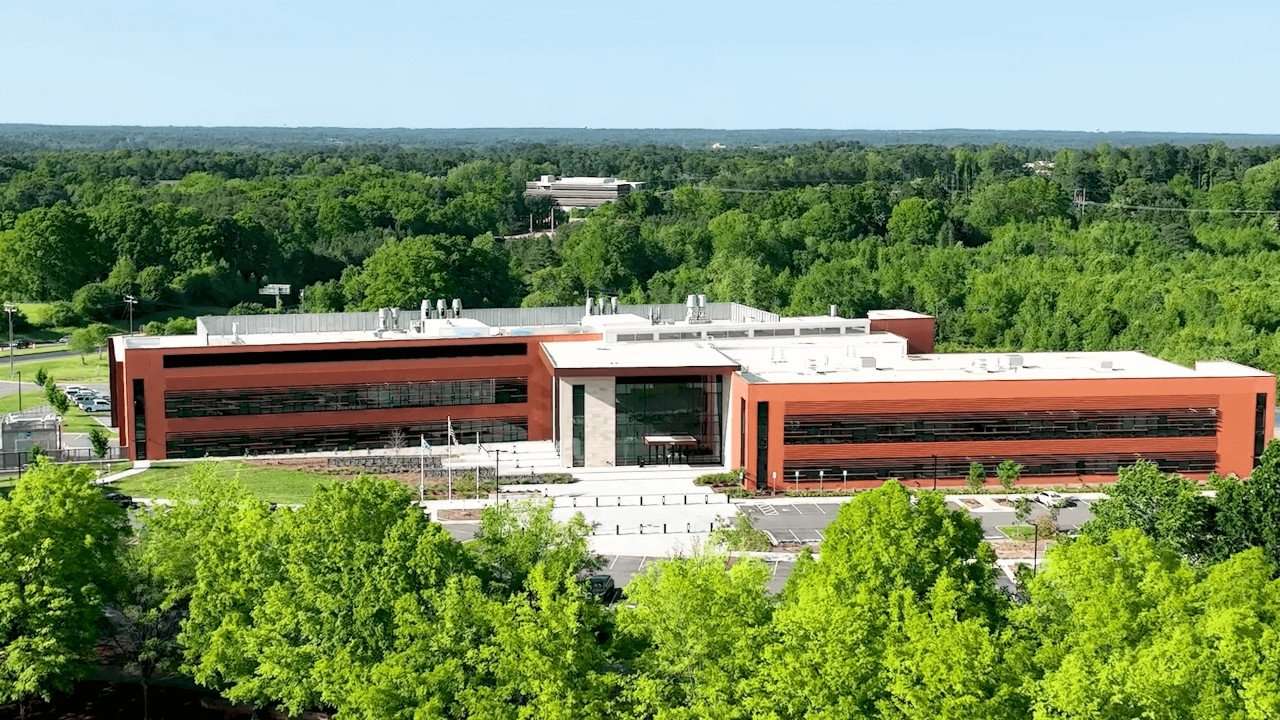
Steve Troxler Agricultural Sciences Center
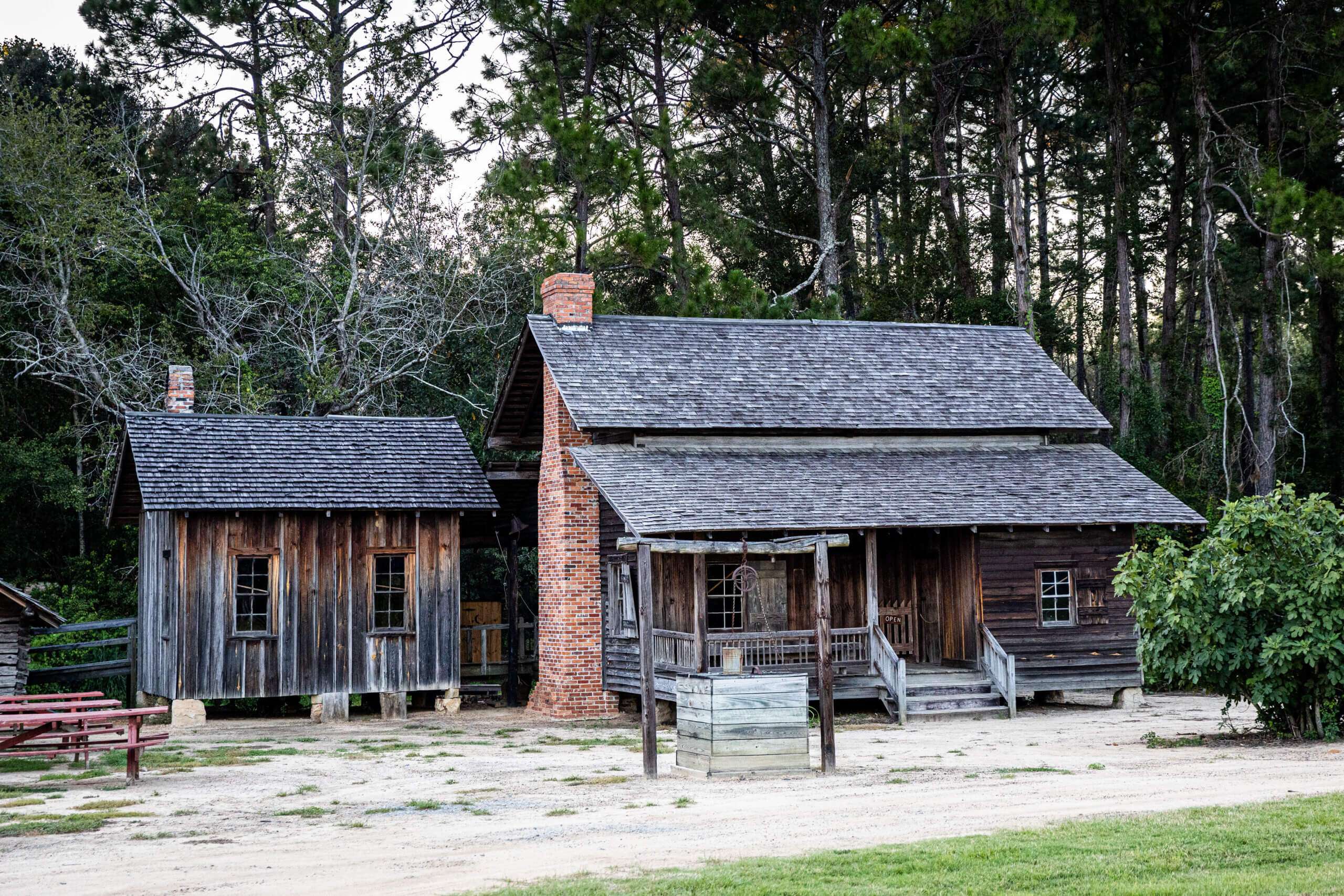
Cravey House at the Georgia Museum of Agriculture & Historic Village in Tifton, GA
But sometimes things get more serious. Our next two stops deal with less fortunate people who need good
wholesome and nutritious food and those who make it happen.
Where The Food Comes From visited L&M Farms in East Palatka, FL Jan. 20. L&M Farms was founded in 1964 in Raleigh, NC and prides itself on growing some of the finest produce available.
Our first interview was with Feeding America’s Director of Food Recovery-Feeding Florida Sherri Atwell. Feeding America is a national organization, but it’s organized into state chapters.
The interview took place in a cabbage field at L&M Farms. Sherri had on a pair of the neatest sunglasses I have seen. White with bling around them, kind of an Elton John style. I loved them. We actually took a vote to decide whether she should keep them on or not. I was outvoted. The bling would cause to much of a distraction while being filmed and for the viewers. Oh well, back to the interview.
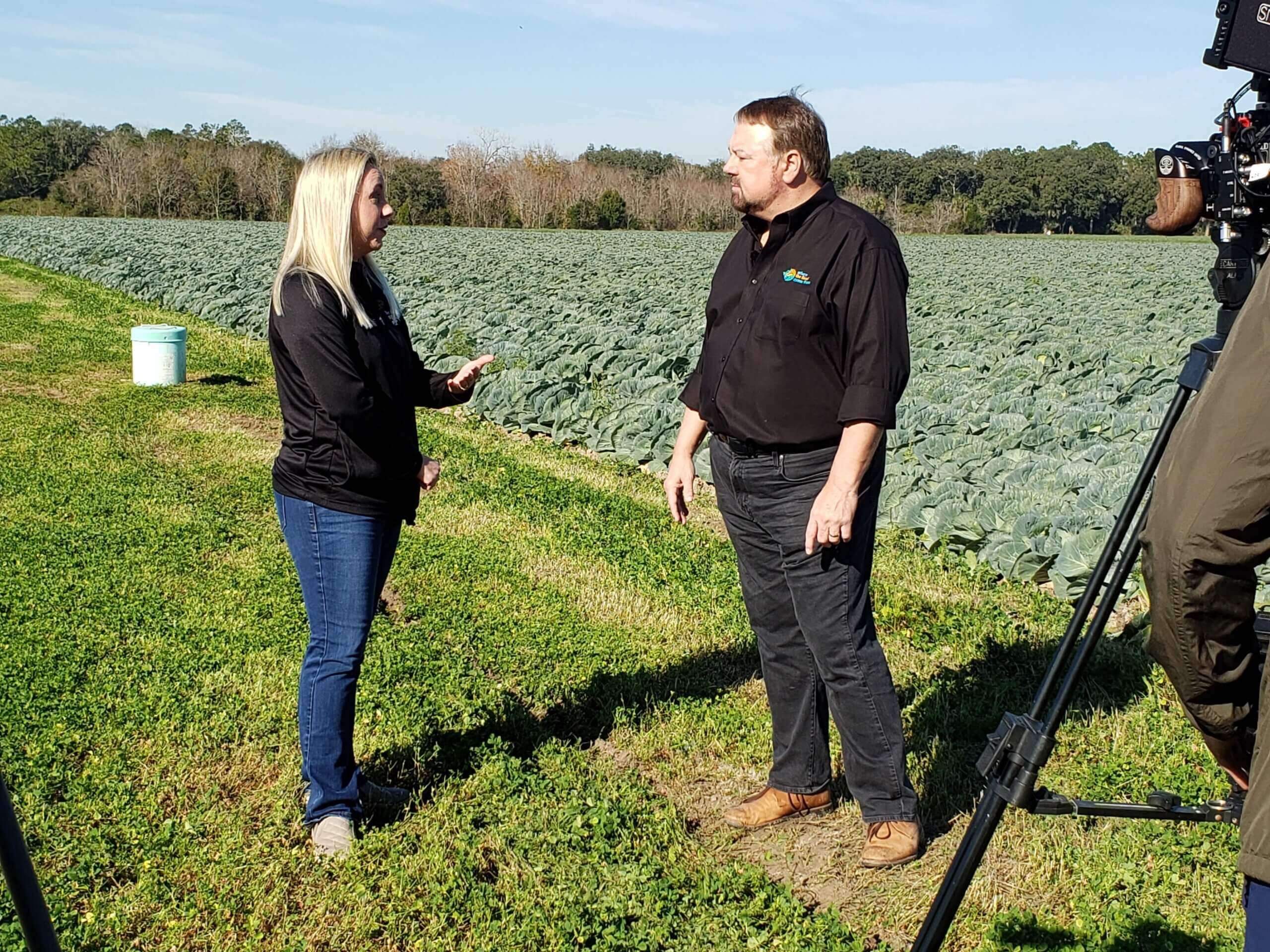
Sherri talked about the nutritional needs of hungry people in Florida and how the “face of hunger” is changing. It is no longer just homeless people, but those whose lives have taken a turn for the worse, no matter what their most recent circumstances were. That’s why you see fancy cars in lines for food pantries.
A study conducted by Feeding Florida in 2020 indicated that over 3.1 million people in Florida can’t afford nutritious food and approximately 900,000 are children. Sherri explained how Florida has an abundance of food and Feeding Florida was able to recover 45 million – yes I said 45 million – pounds of produce last year for distribution. With the help of 12 food banks Feeding Florida is able to distribute “nutritious” food to local communities, individuals and families on a daily basis. Even better, food in Florida is so abundant it can be shipped to help Feeding America chapters elsewhere. Pretty impressive!
The Cabbage Field
But before I continue let’s chat about the cabbage field. It was massive. They were in the process of harvesting the cabbage. The harvesting machine moves up and down the fields loosening the cabbage. Workers collect the cabbage and immediately sort and box them. It was quite a sight to see. I wish I had the opportunity to collect the rejects. The rejects would make one heck of a pot of Corn Beef & Cabbage.
I, of course, have to be a little silly and took another special picture. What is so special about it? Now I get where Cabbage Patch Dolls come from!
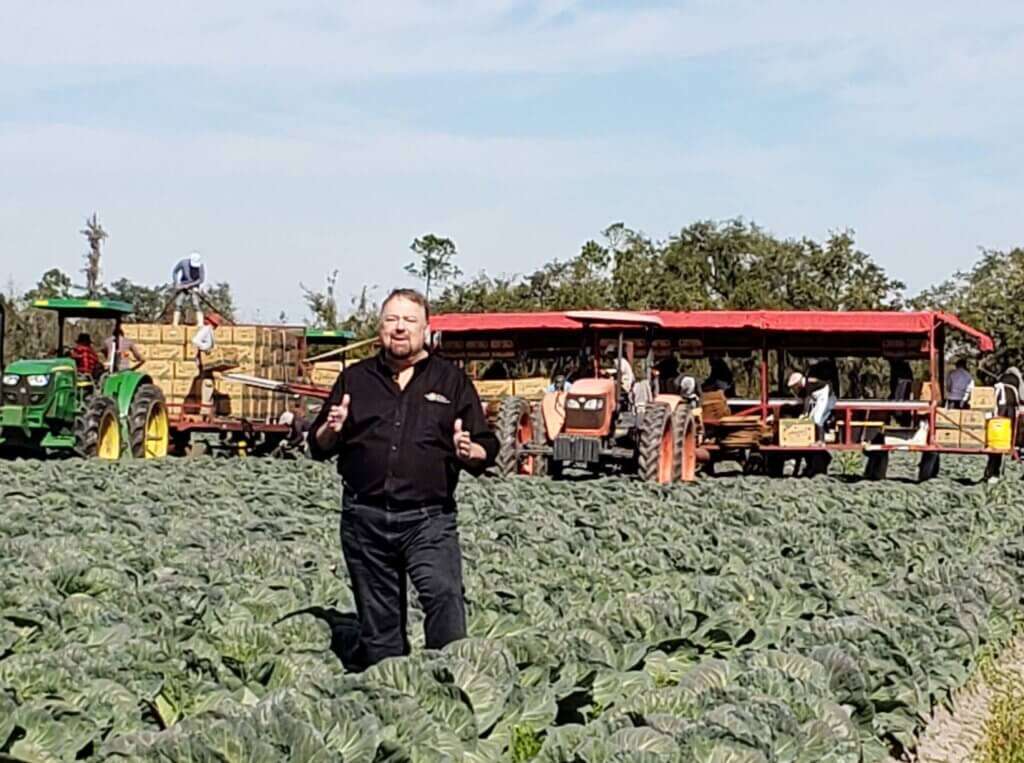
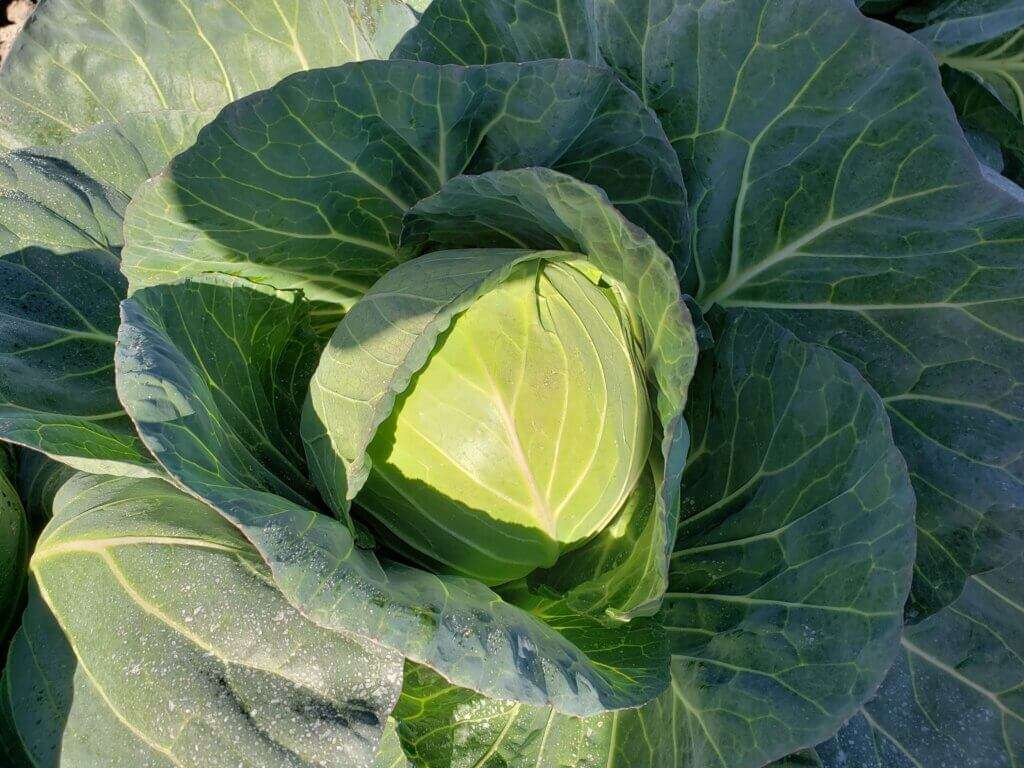
To The Packinghouse
From the cabbage field our crew went to the packinghouse. Here we met Eli Darkatsh from Feeding Northeast Florida. The pride in his voice was unmistakable. He was so intense that I was unable to keep up with what he was saying, but his intent was clear. Fortunately, you will see and hear it in the episode.
We also met Nikki Lee. Nikki is a pickup and delivery truck driver for Feeding Florida. You can’t miss her in the show – she is the one wearing a tie-died t-shirt, one of my favorite things.
Nikki is not very tall, but it was truly amazing to see her drive off in a huge tractor trailer truck. Her destination was the distribution center, the final leg of our journey. As she pulled away, Chip thought it was just a staged shot for the show and she’d be back — but she was heading on to the distribution center. So we didn’t get to talk to her for the show — but you won’t miss her cameo appearances!
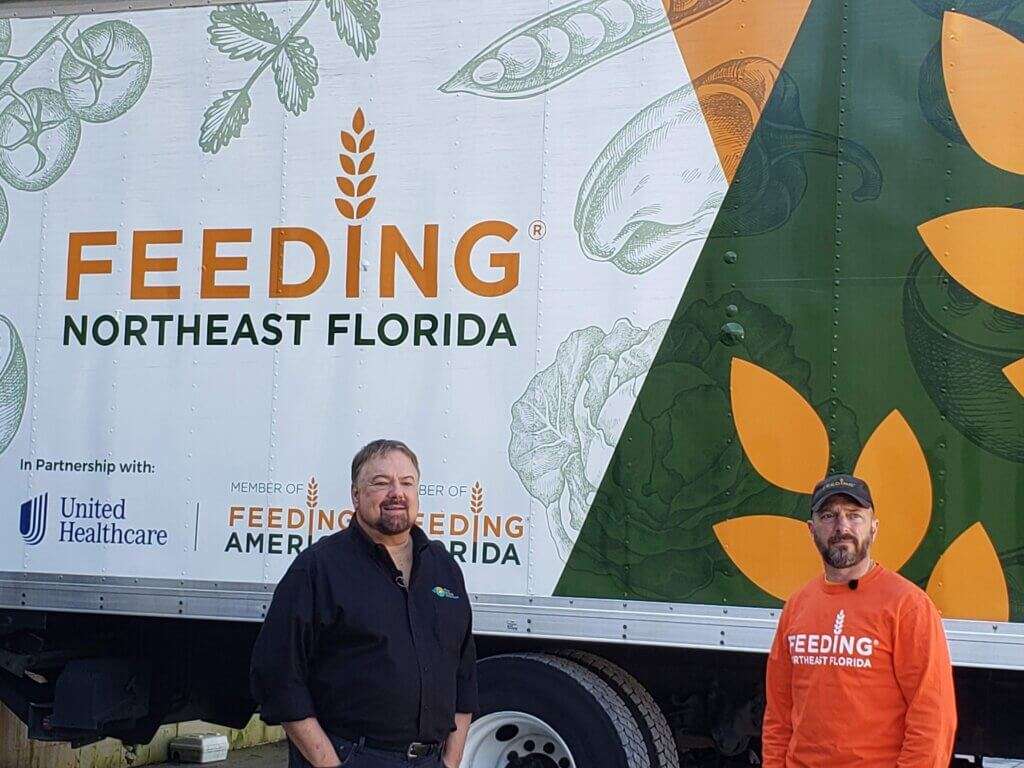
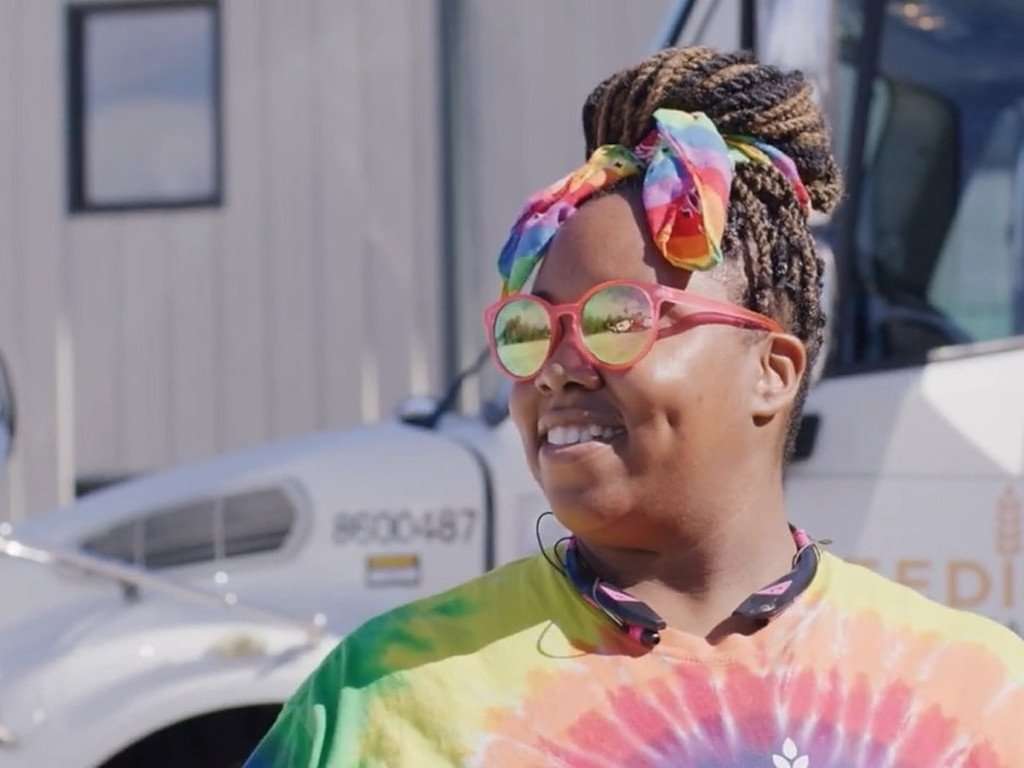
Next we headed out into the fields to talk to L&M Farms Operations Manager Adam Lytch about how the company works with charitable partners.
Adam has been with L&M Farms for the better part of 18 years. He gave a passionate explanation of the farmer’s role in Feeding America and just why L&M works so closely with the organization, even planting additional crops to make sure they’ll have some to share.
As we have learned from previous episodes of the show, consumers expect their produce to be unblemished and the same size on a regular basis – continuity becomes a must. But Mother Nature doesn’t always cooperate. On this day, L&M was harvesting cabbages literally the size of basketballs. Their grocery store partners won’t accept those — they’re worried shoppers will expect every other cabbage they ever buy to be that size.
So that food could not go to market because it was too good! There are some things in this country we need to get some attitude adjustments on. In this case, L&M had done the work of harvesting and packing — all Feeding America had to do was come pick it up and take it to hungry people who needed it.
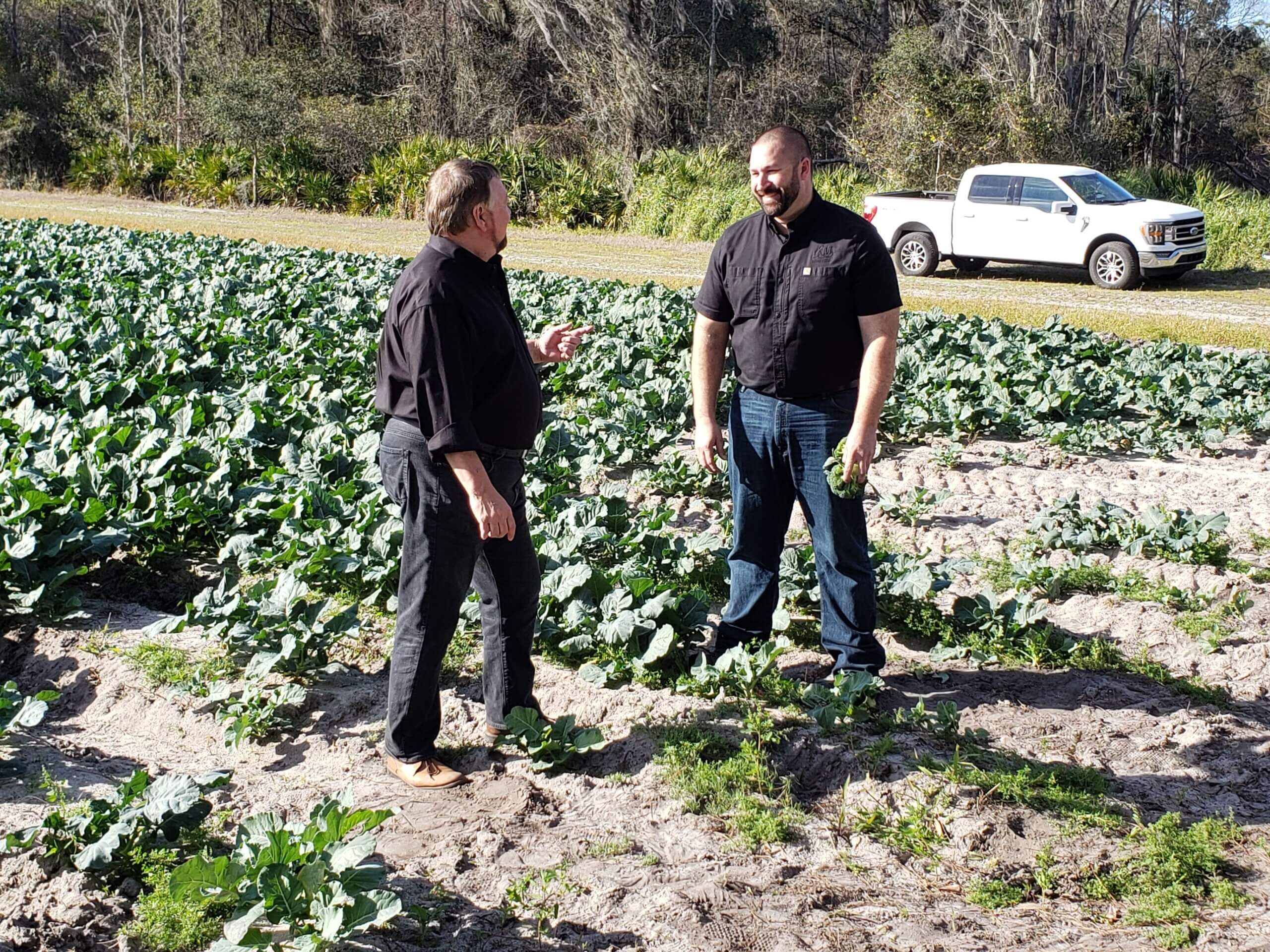
It’s not always the wrong size, too large, too small. Sometimes it’s just not pretty. And, as expert Adam reminded, with good farming “sometimes there is an overabundance of food.” A bumper crop isn’t always a good thing for a farmer, believe it or not. So what can be done? Well…
L&M farms has partnered up with Feeding America to help feed the 3.1 million people in Florida who do not always have access to quality, nutritious food, something Adam and the rest of the L&M team find very worthwhile and satisfying. He knows the company he works for is doing their part to help fight hunger.
Wouldn’t it be great if all farmers would contribute to this worthwhile cause? Feeding America makes it easy — growers can actually get cash payments to offset their costs and tax write-offs that help with the bottom line.
The cabbage we saw Feeding America pick up at L&M that day was on its way to a local food pantry. In the second part of this episode, we take a trip to nearby Smith Farms, where we worked with gleaners from the Society of St. Andrew to harvest broccoli that would have otherwise gone to waste. That too, was picked up by Feeding America and delivered to that same food pantry. And by the time that food was being distributed that afternoon, we were there to talk to the people receiving it. Stay tuned for Part 2!
Watch Part 2 here
